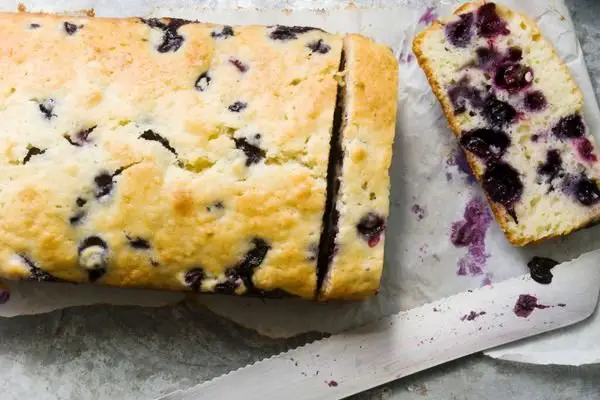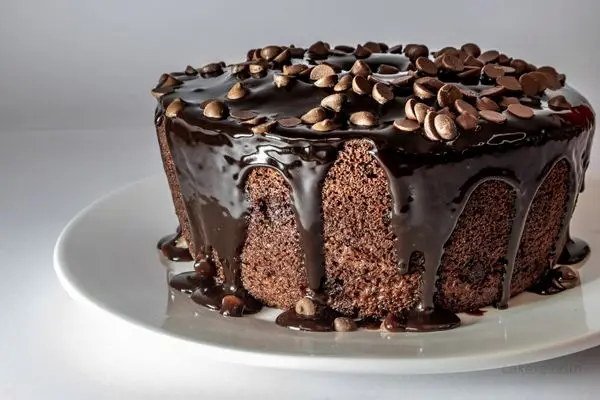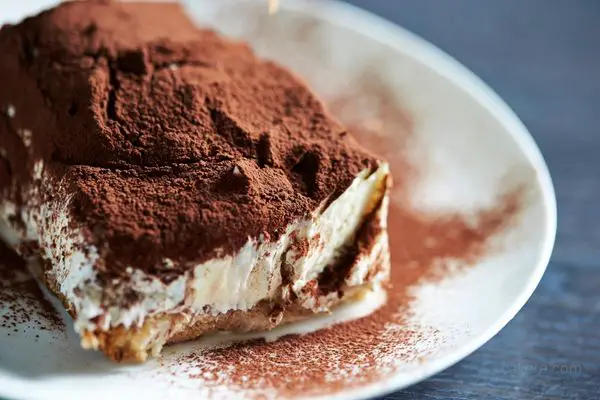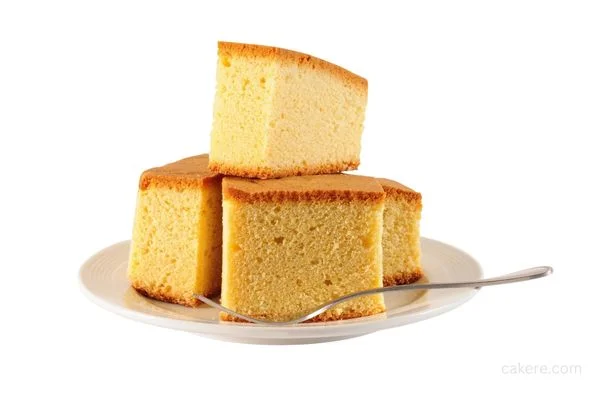Loaf cake, a delightful treat loved by many, has a rich history that spans centuries. Its humble origins and versatile nature have made it a beloved dessert worldwide.

What is a Loaf Cake?
Before we dive into the history, let’s define what a loaf cake is. A loaf cake is a type of cake that is baked in a loaf-shaped pan, resulting in a rectangular or oblong shape. It is typically sliced for serving, making it a convenient option for sharing.
Origins of Loaf Cake
The roots of loaf cake can be traced back to ancient times. Early civilizations, such as the Egyptians and Greeks, were known to bake bread-like cakes.
These early cakes were simple, often made with basic ingredients like flour, honey, and fruits. Over time, as baking techniques evolved, these bread-like cakes transformed into what we now recognize as loaf cake.
Evolution of Loaf Cake
As loaf cake gained popularity, different regions around the world began putting their own spin on this delightful treat. In Europe, the concept of loaf cake continued to develop during the Middle Ages.
Bakers started experimenting with ingredients like butter, sugar, and spices, adding richness and flavor to their creations.
Popular Varieties of Loaf Cake
Today, there is a wide variety of loaf cakes enjoyed by people of all ages. Some popular varieties include lemon poppy seed, chocolate marble, banana nut, and zucchini bread. Each variety offers a unique flavor profile, making loaf cake a versatile dessert for any occasion.
Traditional Loaf Cake Recipes
Traditional loaf cake recipes have been passed down through generations, preserving the essence of this beloved dessert.
Recipes like the classic pound cake, made with equal parts butter, sugar, eggs, and flour, continue to be cherished. These timeless recipes evoke a sense of nostalgia and are often enjoyed with a cup of tea or coffee.
Modern Twists on Loaf Cake
In recent years, bakers and pastry chefs have taken loaf cake to new heights by incorporating modern twists. From adding gourmet ingredients like matcha and lavender to experimenting with gluten-free and vegan variations, loaf cake has embraced innovation while maintaining its delightful simplicity.
Loaf Cake in Popular Culture
Loaf cake has not only made its mark in the culinary world but has also become a symbol of comfort and nostalgia in popular culture.
It has appeared in literature, movies, and even television shows, evoking feelings of warmth and home. This cultural significance further solidifies the special place loaf cake holds in our hearts.
Health Benefits of Loaf Cake
While loaf cake is undeniably a treat, it can also offer some surprising health benefits. Loaf cakes often incorporate ingredients like fruits, nuts, and whole grains, providing essential nutrients.
Loaf Cake: A Versatile Dessert
One of the remarkable aspects of loaf cake is its versatility. It can be enjoyed as a breakfast treat, an afternoon snack, or a delightful dessert after a satisfying meal. Its simplicity allows for various flavor combinations and decorative possibilities.
Whether you prefer a classic vanilla loaf cake or an adventurous combination like chocolate raspberry, there is a loaf cake to suit every taste.
How to Bake the Perfect Loaf Cake
Baking a delicious loaf cake is an art in itself. Here are some key steps to help you achieve the perfect result:
1. Gather your ingredients: Start by collecting all the necessary ingredients, including flour, sugar, butter, eggs, leavening agents, and any additional flavorings or mix-ins.
2. Preheat your oven: Preheat your oven to the recommended temperature mentioned in your recipe. This ensures even baking and a well-risen cake.
3. Prepare the pan: Grease and flour your loaf pan to prevent the cake from sticking. You can also line the pan with parchment paper for easy removal.
4. Mix the batter: Cream the butter and sugar together until light and fluffy. Add the eggs one at a time, beating well after each addition. Gradually add the dry ingredients and any flavorings, mixing until just combined.
5. Pour and smooth the batter: Pour the batter into the prepared loaf pan, ensuring it is evenly distributed. Use a spatula to smooth the top for an even finish.
6. Bake to perfection: Place the pan in the preheated oven and bake for the recommended time. Avoid opening the oven door too frequently, as this can cause the cake to sink or become unevenly baked.
7. Test for doneness: Use a toothpick or cake tester to check if the cake is fully baked. Insert it into the center of the cake; if it comes out clean or with a few crumbs, the cake is done.
8. Cool and remove from the pan: Allow the loaf cake to cool in the pan for a few minutes before transferring it to a wire rack to cool completely. Gently remove the cake from the pan and let it cool completely before slicing and serving.
Tips and Tricks for Loaf Cake Baking
To enhance your loaf cake baking skills, here are some additional tips and tricks:
1. Use room temperature ingredients: Ensure that your butter, eggs, and other refrigerated ingredients are at room temperature before starting. This helps with better mixing and a smoother batter.
2. Measure accurately: Use measuring cups and spoons for precise measurements. Baking is a science, and accurate measurements can make a significant difference in the final result.
3. Don’t overmix: Once you add the dry ingredients to the wet mixture, mix until just combined. Overmixing can result in a dense and tough cake.
4. Add moisture: To keep your loaf cake moist, consider incorporating ingredients like yogurt, buttermilk, or sour cream into the batter.
5. Experiment with flavors: Don’t be afraid to experiment with different flavors and mix-ins. From citrus zest to spices like cinnamon or nutmeg, adding unique elements can take your loaf cake to the next level.
6. Decorative ideas for loaf cakes: Decorate your loaf cake with a dusting of powdered sugar, a drizzle of glaze, or a layer of cream cheese frosting. You can also add toppings like sliced fruits, nuts, or chocolate shavings for an extra touch of elegance.
FAQs
Yes, loaf cakes can be frozen for later consumption. Make sure to wrap the cake tightly in plastic wrap or place it in an airtight container before freezing. Thaw the cake in the refrigerator overnight before serving.
Yes, you can often make ingredient substitutions in loaf cake recipes. However, it’s important to consider the impact on texture and taste. For example, you can replace regular flour with gluten-free flour or swap butter for a plant-based alternative, but the final result may differ slightly.
A freshly baked loaf cake can stay fresh for up to 3-4 days if stored properly at room temperature in an airtight container. However, the duration may vary depending on the recipe and ingredients used.
Absolutely! Adding fruits, such as berries or diced apples, or nuts like walnuts or almonds can add texture and flavor to your loaf cake. Just make sure to adjust the baking time accordingly, as the added ingredients may affect the cooking process.
Yes, you can adapt traditional loaf cake recipes to be vegan or gluten-free. Use plant-based substitutes like applesauce or flaxseed meal instead of eggs, and gluten-free flour blends in place of regular flour. There are numerous recipes available online that cater to specific dietary preferences.
Conclusion
The history of loaf cake is a testament to the enduring appeal of this beloved dessert. From its humble origins to its presence in popular culture, loaf cake has stood the test of time.
Whether you enjoy traditional recipes or modern twists, loaf cake offers a delightful experience for all dessert lovers. With its versatility and endless flavor possibilities, there is a loaf cake to suit every occasion and palate.



